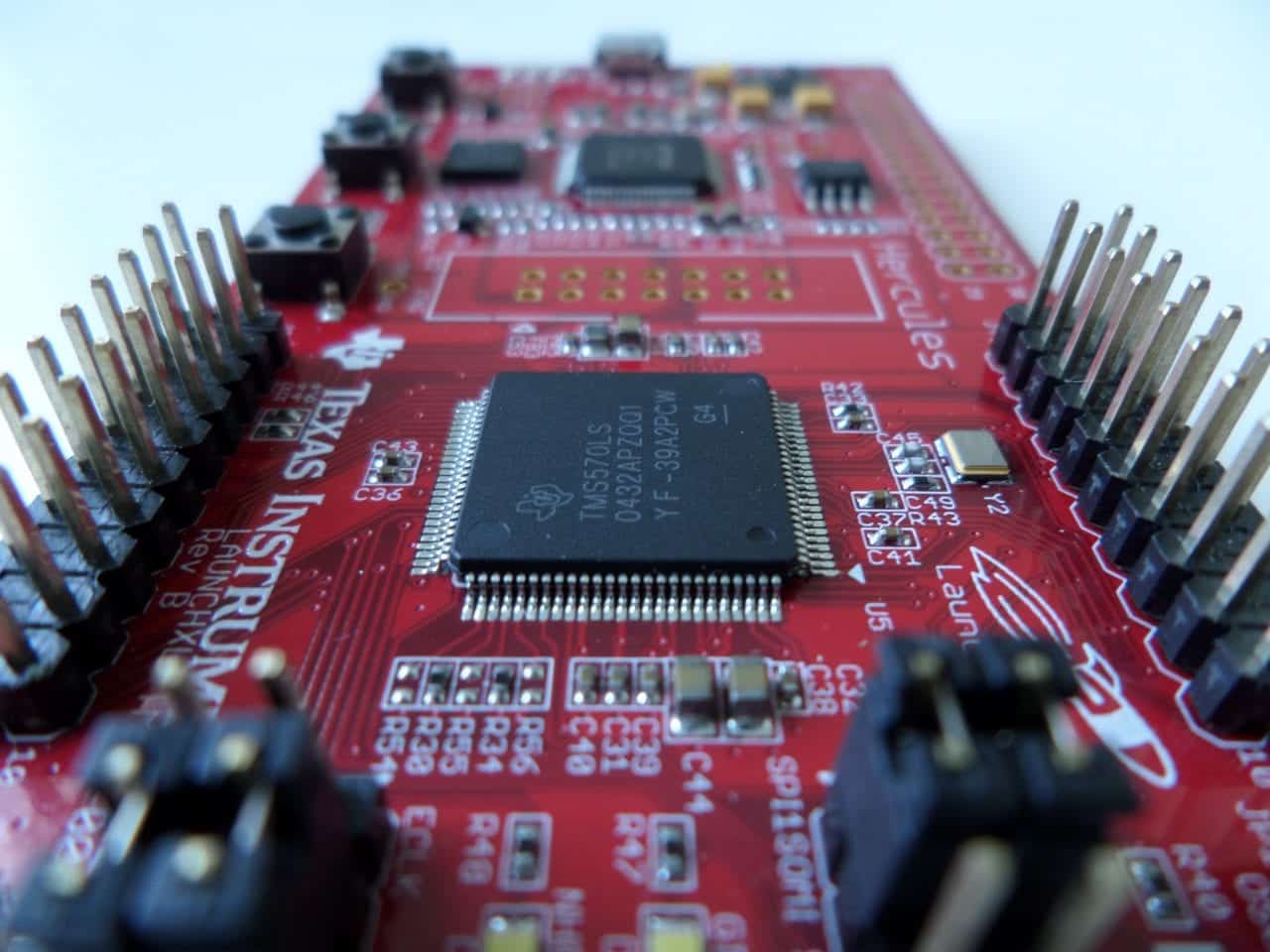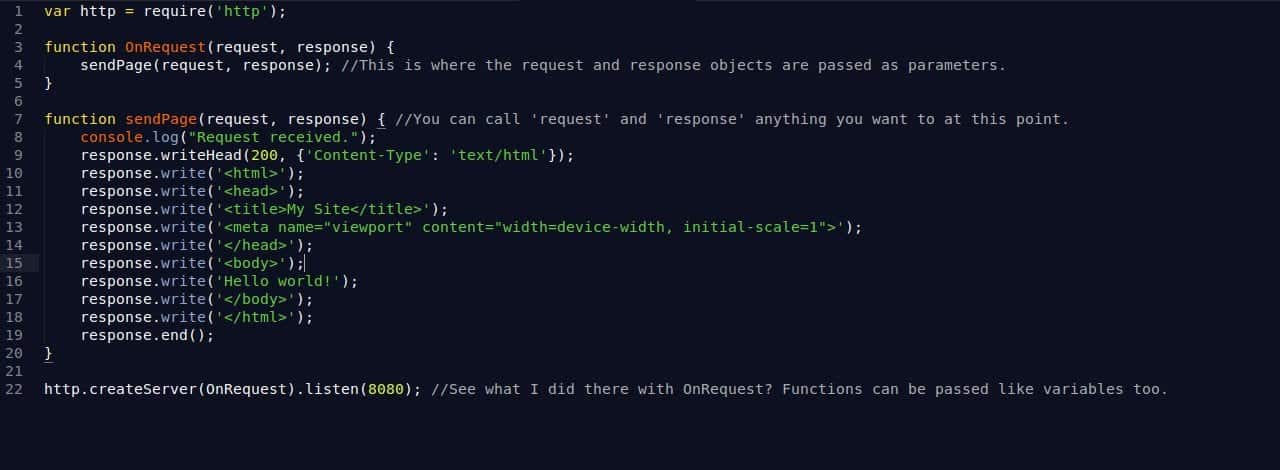Electronics have undoubtedly revolutionized the way we do things in the 21st century. It’s amazing just to think about how many functions these devices perform. From storing and retrieving your money from an ATM, powering cars and airplanes, monitoring patients’ health status in hospitals to facilitating communication between people in different locations.
Electronics are used in virtually all sectors of a country’s economy. We all work with electronics in our homes, industries, offices, schools, cars and many other numerous places. Electronics have become part and parcel of us. Here are five things that you should know about working with electronics.
1. Electronic components
Inside any electronic device are small electronic components linked together by cables or printed metal connections. All these components perform different functions that collectively make the device serve its purpose. The most common electronic components are resistors, diodes, transistors, capacitors and integrated circuits. It’s important to know how these small components look like and their function in a device. This can help you take proper care of your devices and reduce the risk of danger when using them.
2. Use of power converters
Portable electronic devices such as phones or laptops are supplied with power primarily from batteries. However, inside these devices, there are numerous sub-circuits each with a given voltage level requirement that is different from that supplied by the battery. A DC/DC power supply or converter solves this problem by converting direct current from the battery, from one voltage level to another as required by the sub-circuit. Choosing the right converter is paramount for the optimal performance and safety of your electronic devices.
3. Use of supplementary electronic devices
When working with electronics, there are additional devices or products that enhance the safety or durability of certain electronics. For instance, fuses and circuit breakers can help prevent home appliances from blowing up in case of high supply of current. Depending on the device you’re working with, always look for other secondary products that are important for proper functioning and safety of your device.
4. Most electronics use direct current (DC)
Essentially, there are two types of current – alternating current and direct current. The type of current is named depending on the flow of charge either alternating or direct. Most modern electronic devices use transistors or integrated circuits which are made from semiconductors such as silicon. These semiconductors are designed with very particular polarity conditions which are only fulfilled in direct current. Therefore, you should never connect computers, televisions or any other electronic directly to AC mains.
5. Manufacturer’s instructions
When working with electronic equipment, it’s always advisable to follow manufacturer’s instructions which broaden understanding of how different pieces of equipment operate. In commercial settings, adhering to the manufacturer’s instructions makes the use of equipment much safer for employees and keeps electronics in good working conditions. Always check the user’s manual for manufacturer’s instructions.
In general, working with electronics requires knowledge and utmost care on the part of the user. It is the only way via which we can abate ourselves from most accidents incurred while using electronics.







